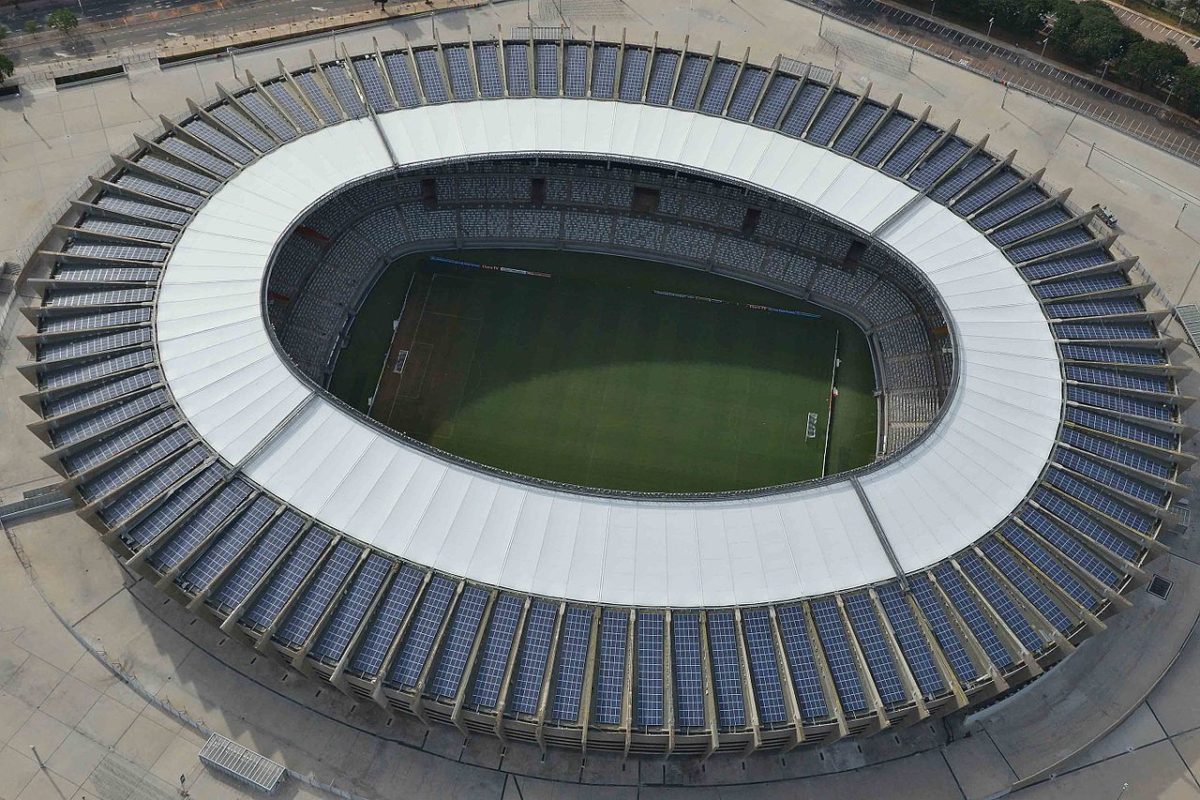A detailed new study by UNSW’s School of Photovoltaic & Renewable Energy Engineering (SPREE), on behalf of the Australian Conservation Foundation, shows that solar installed across the rooftops of major sports stadiums and sporting association head offices could generate around 20,000 megawatt-hours of clean energy per year.
“Sports in Australia face a growing threat from climate change,” said Australian Conservation Foundation Campaigns (ACF) Director Paul Sinclair.
He said that global warming, driven primarily by burning fossil fuels such as coal and gas, “is drying out sports grounds, disrupting events and increasing health risks for players.” At the peak of the devastating 2019-20 fire season, Sydney FC midfielder Alexander Baumjohann likened playing soccer in Australia to “smoking 50 cigarettes a day.”
The ACF report is part of a trend to identify the benefits that can accumulate when whole industries or associations take up the challenge of decarbonizing. Last week, it was federally controlled airports; now, as the soccer and Australian Football League (AFL) seasons hit their stride, sport is coming under the sun’s influence.
Some of the biggest trophies in the race to be 100% powered by clean energy by 2030 are calculated to be the AFL’s Metricon Stadium, the Sydney Cricket Ground (with space for 1 MW of generation), and the Darwin headquarters of Football NT, which could soon kick off under lights powered by 406 kilowatts of solar PV. A feature in The Canberra Times last week also saw Weston Creek Tennis Club claiming an early victory and a “warm fuzzy feeling” from its installation of 25 solar panels on its clubhouse, given a AUD 12,000 ($9,290) federal government grant in 2020. The club followed best practice by initially improving its energy efficiency with the installation of LED lights to replace halogen globes in its light towers.
An additional high-level assessment of the solar potential of regional and community clubs across AFL, cricket and soccer alone came up with some 400 square meters of viable but as yet unused roof space on club facilities.

The report, published in three parts to really hone in on the three major sports, goes into satisfying detail. It lists the potential of individual club headquarters and provides images of the most solar-suitable club buildings, with aerial shots of panels superimposed on key sites offering direct inspiration.
ACF is also moving the goalposts to favor a big win. It has contracted the Australian Energy Foundation to provide 75 free energy coaching sessions to sports clubs, which will help them work out a business case for solar installation. Register interest here.
This content is protected by copyright and may not be reused. If you want to cooperate with us and would like to reuse some of our content, please contact: editors@pv-magazine.com.




By submitting this form you agree to pv magazine using your data for the purposes of publishing your comment.
Your personal data will only be disclosed or otherwise transmitted to third parties for the purposes of spam filtering or if this is necessary for technical maintenance of the website. Any other transfer to third parties will not take place unless this is justified on the basis of applicable data protection regulations or if pv magazine is legally obliged to do so.
You may revoke this consent at any time with effect for the future, in which case your personal data will be deleted immediately. Otherwise, your data will be deleted if pv magazine has processed your request or the purpose of data storage is fulfilled.
Further information on data privacy can be found in our Data Protection Policy.